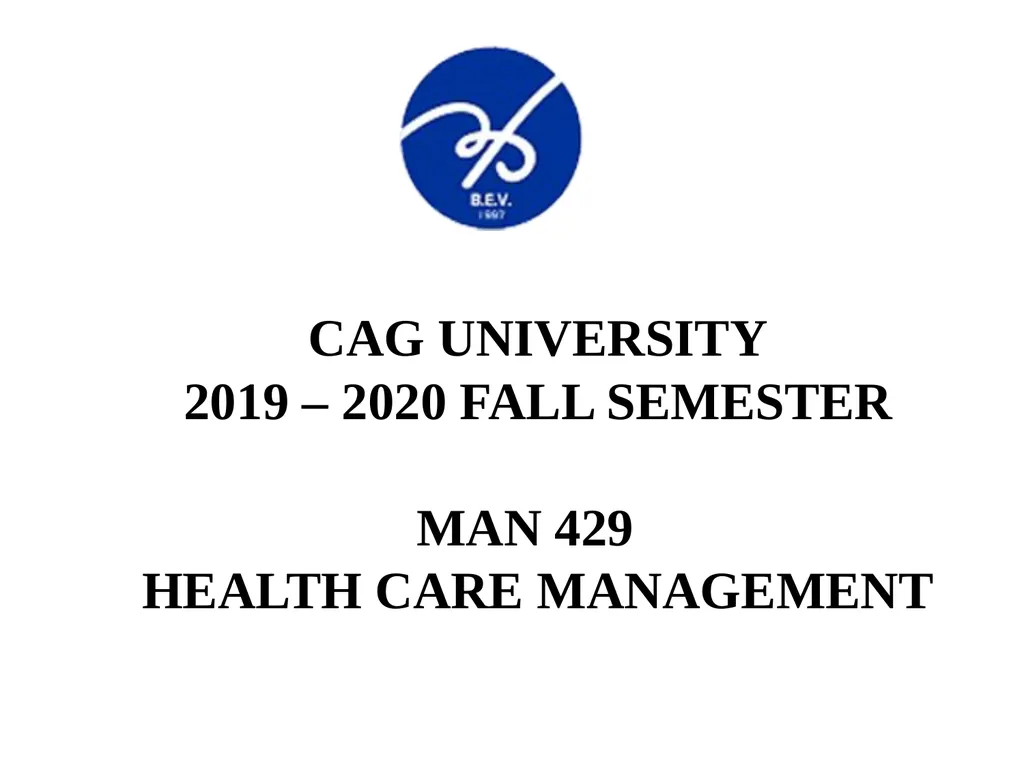
CAG UNIVERSITY 2019 – 2020 FALL SEMESTER MAN 429
Author: pamella-moone | Published: 2025-05-30
Description: CAG UNIVERSITY 2019 2020 FALL SEMESTER MAN 429 HEALTH CARE MANAGEMENT Chapter 6: Healthcare Marketing Learning Objectives Assess marketing and the progression of becoming a market-oriented organization Critique the critical link between
Download Presentation
Download the PPT/PDF: Download
Transcript:
Loading transcript�